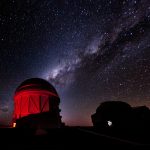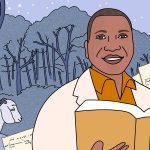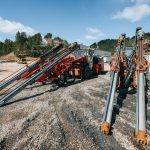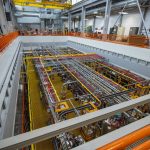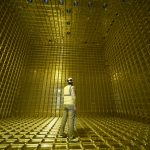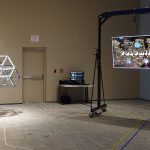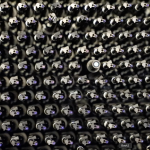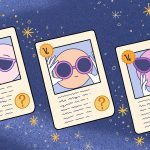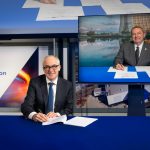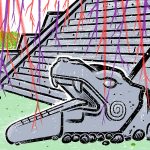The Dark Energy Survey collaboration has created the largest ever maps of the distribution and shapes of galaxies, tracing both ordinary and dark matter in the universe out to a distance of over 7 billion light years. The analysis, which includes the first three years of data from the survey, is consistent with predictions from the current best model of the universe, the standard cosmological model. Nevertheless, there remain hints from DES and other experiments that matter in the current universe is a few percent less clumpy than predicted.
Author Archive
How do you build a ship in a bottle? Everything necessary to construct the enormous Fermilab-hosted international Deep Underground Neutrino Experiment must fit down a narrow, mile-deep shaft cut through solid rock. Contractors have started the months-long process of disassembling excavation equipment and lowering it underground.
The ICARUS detector, part of Fermilab’s Short-Baseline Neutrino Program, will officially start its hunt for elusive sterile neutrinos this fall. The international collaboration led by Nobel laureate Carlo Rubbia successfully brought the detector online and is now collecting test data and making final improvements.
DESI will capture and study the light from tens of millions of galaxies and other distant objects to better understand our universe and the properties of dark energy. The formal start of DESI’s five-year survey follows a four-month trial run of its custom instrumentation that captured 4-million spectra of galaxies — more than the combined output of all previous spectroscopic surveys. Fermilab has contributed multiple components to the international collaboration led by Berkeley Lab.
Physicists and archaeologists are teaming up to provide research opportunities for Black and Hispanic undergraduates to image an archaeological site in Mexico using muon tomography. Fermilab personnel will help with the project, and Fermilab will also produce the scintillators for use in the muon detector.

